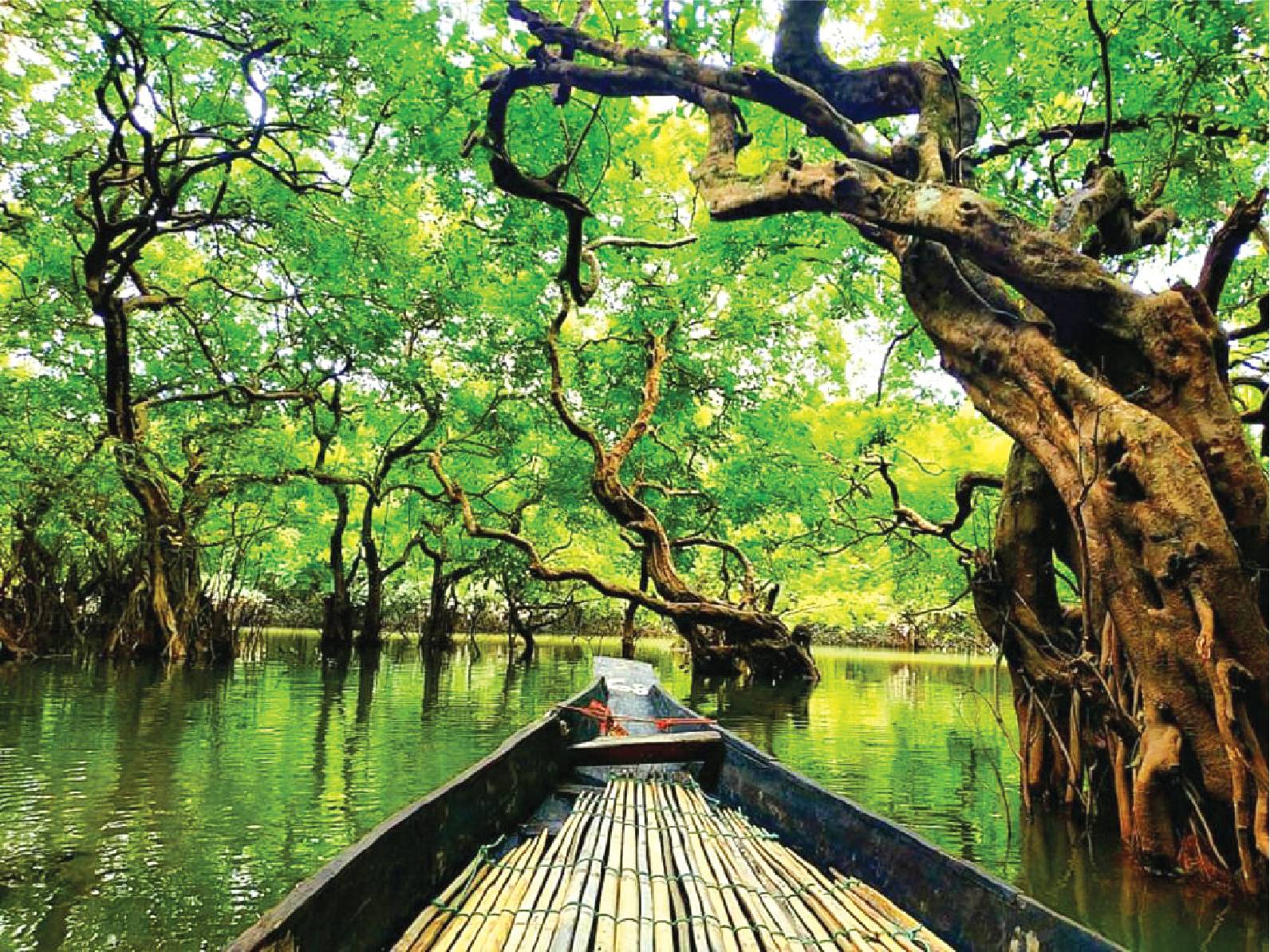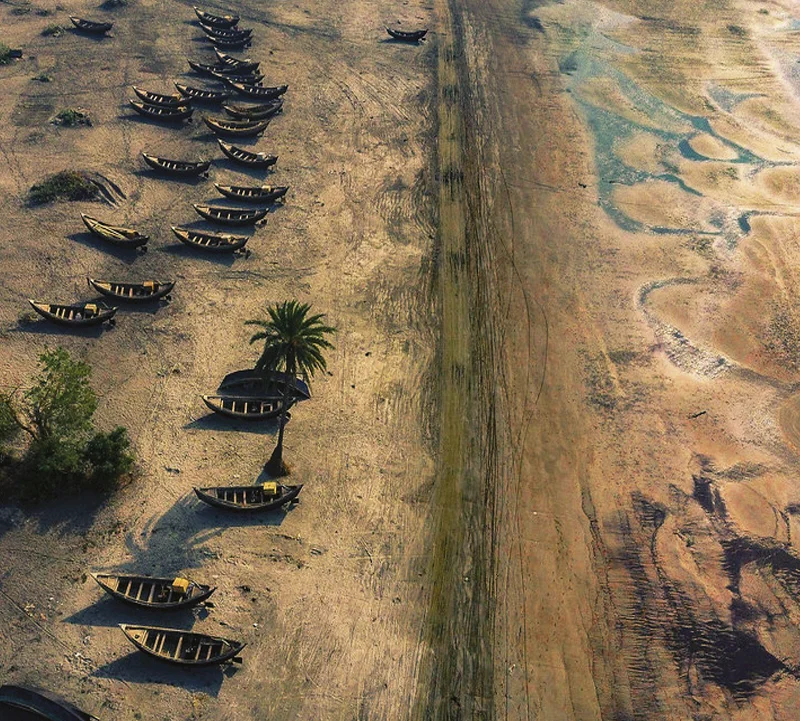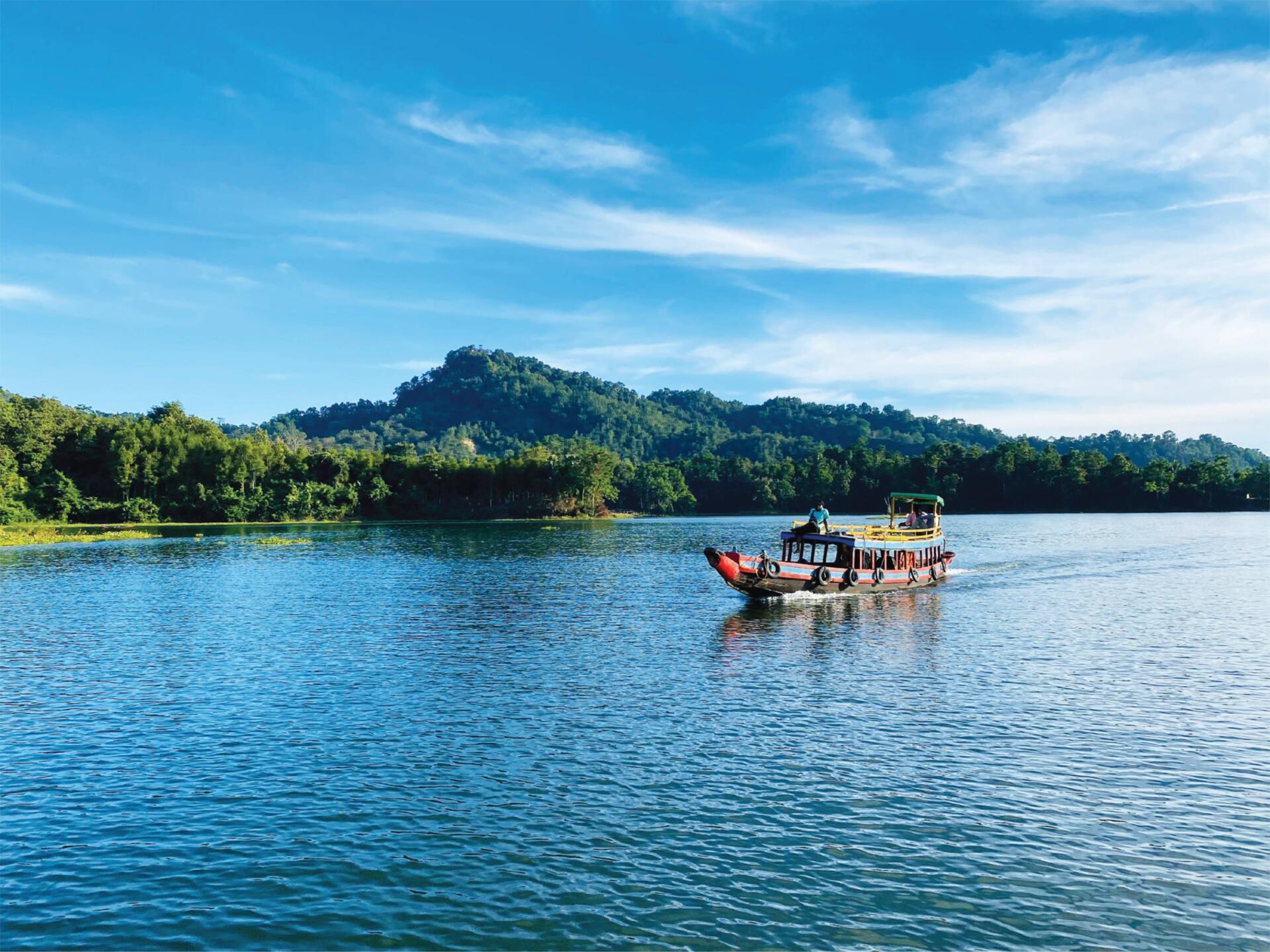
What oozes through your psyche when you hear the word “Rangamati”? For those who have never been there, it might be their half-blurry memories of their very first introduction to the space through their family albums holding photographs shot on a 35mm roll with a Yashica of their newly married parents standing atop a hill with the view of a boundless blue waterbody on the backdrop, or peculiar visuals and texts from their shoddily printed middle school textbooks, where they might have scribbled humorous drawings later on.
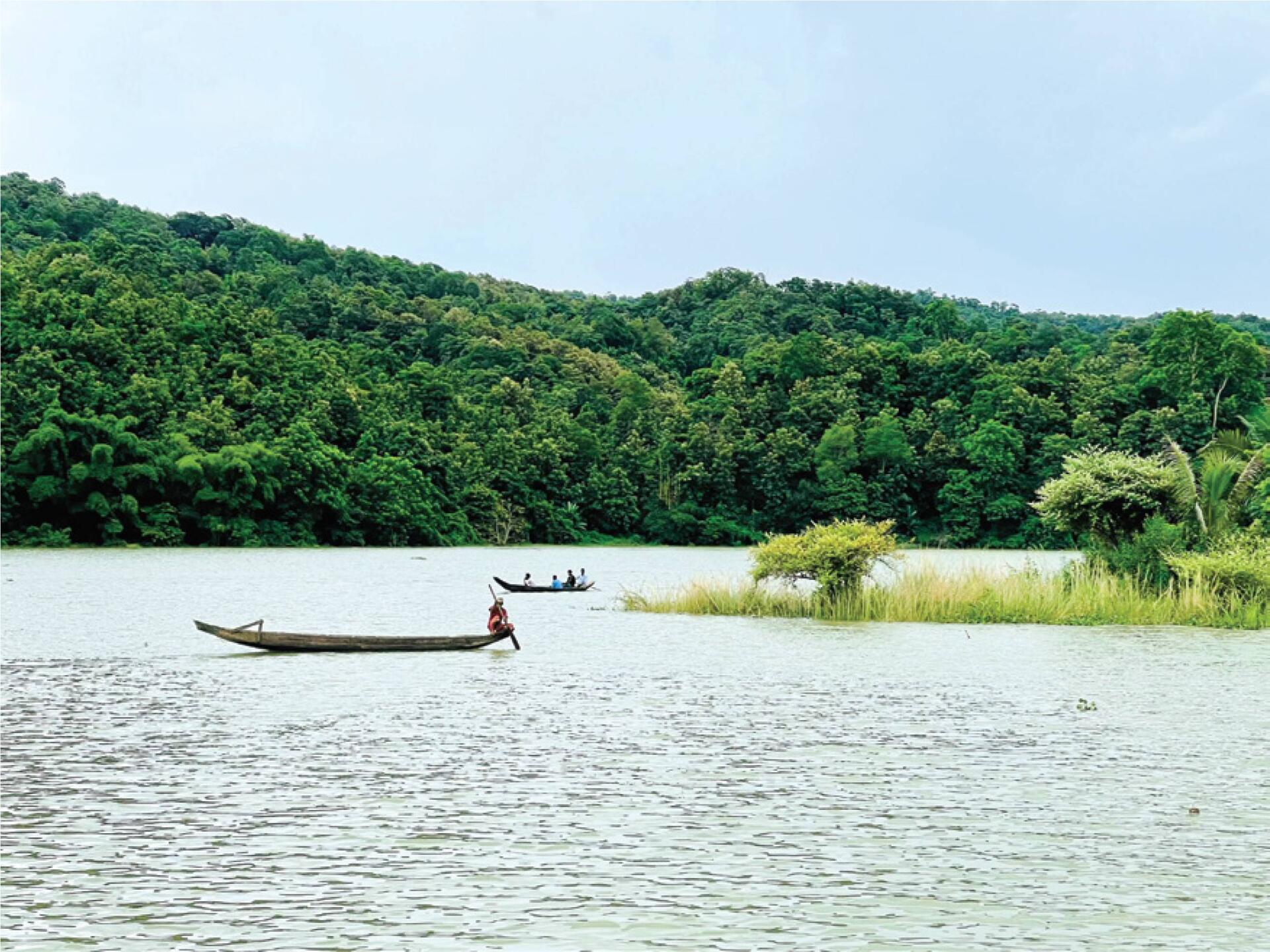
Whilst for others, it might be freshly baked memories from their last winter trip with friends at the space. Memories of meeting mesmerizing fauna and flora while on a hike through the thrilling trails and their first ever kayaking experience full of excitement and sudden waves of mild fear of drowning from time to time, as they kept the crutch strap locks on check of the old orange life jacket embracing their torso. And for some, finally inhaling the clouds straight into their soul, something they have always envisioned when swimming inside deep daydreams while listening to their favorite romantic music in the background and seeping through the lines of their favorite book about life from a beloved author. But how many of us have actually ever intended to put an honest effort to understand, respect history and internalize the truest essence of a space like Rangamati instead of just always perceiving such spaces like the mindlessly romanticized gazes and activities of the typical tourists, especially in this era of travel package advertisements consisting of hideous drone footages floating around social media? Rangamati is Rangamati, well the entire Chittagong Hill Tracts are a lot more than just an alluring tourist attraction from our southeast and the tessellated spiels.
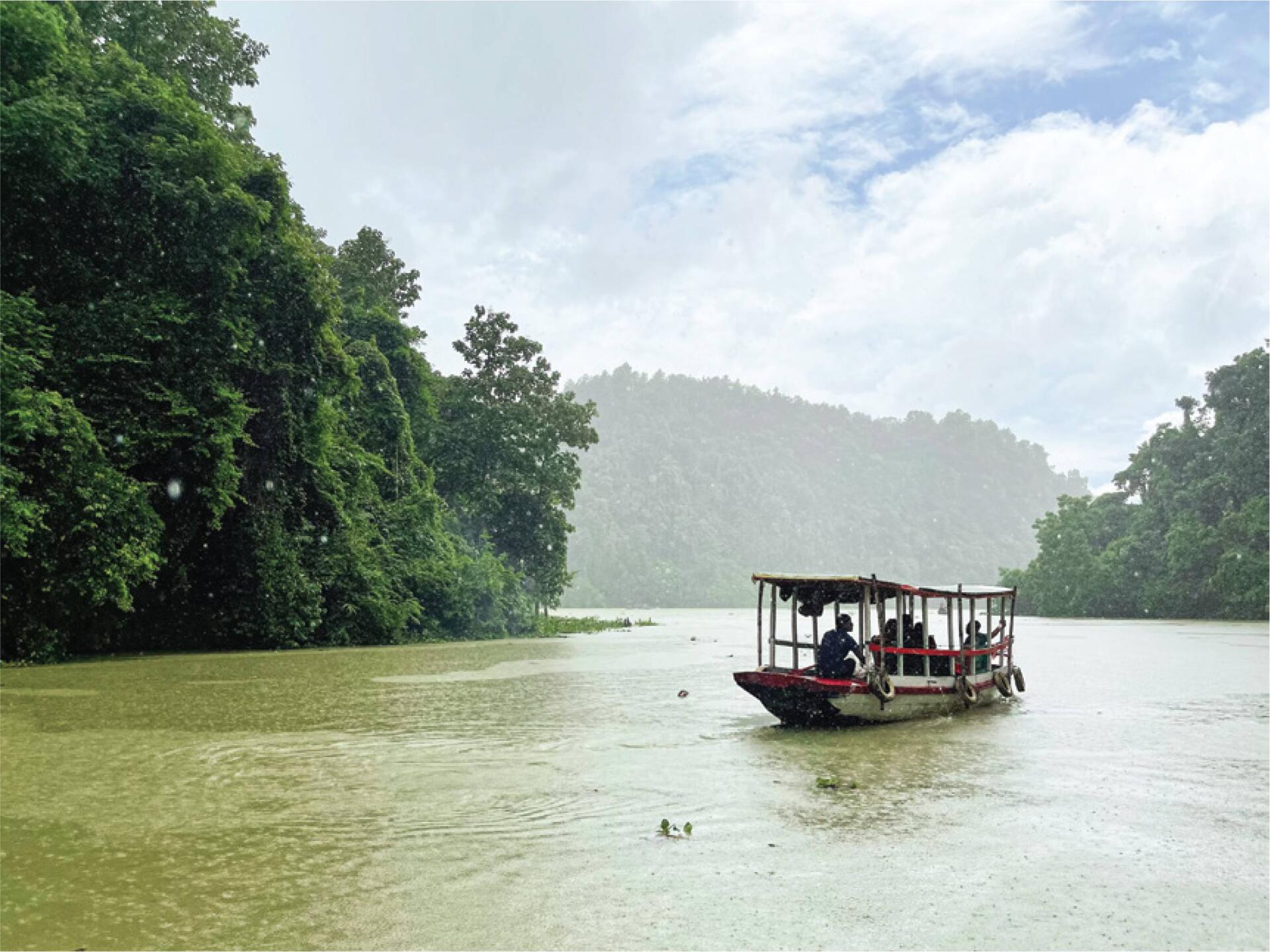
Travellers should be mindful, hence, the least we can try is to educate ourselves and others regarding the complex historical and contemporary contexts of the space from veracious sources, acknowledge the authenticity and try to be on the right side of history.
Rangamati is indeed a living embodiment of the meaning of its name, ‘colorful soil’. Millions of years ago Gondwana decided to split, forcing the Indian plate to drift northward and collide with the Eurasian plate resulting in the creation of the Tibetan Plateau which breathes the mighty Himalayas. And due to these otherworldly collisions taking place, the low-lying world’s biggest delta which also later formed from the sediments of the same Himalayas, got its gift of high-altitude lands on the fringes of its body, notably in the southeast where Rangamati serenely rests tall.
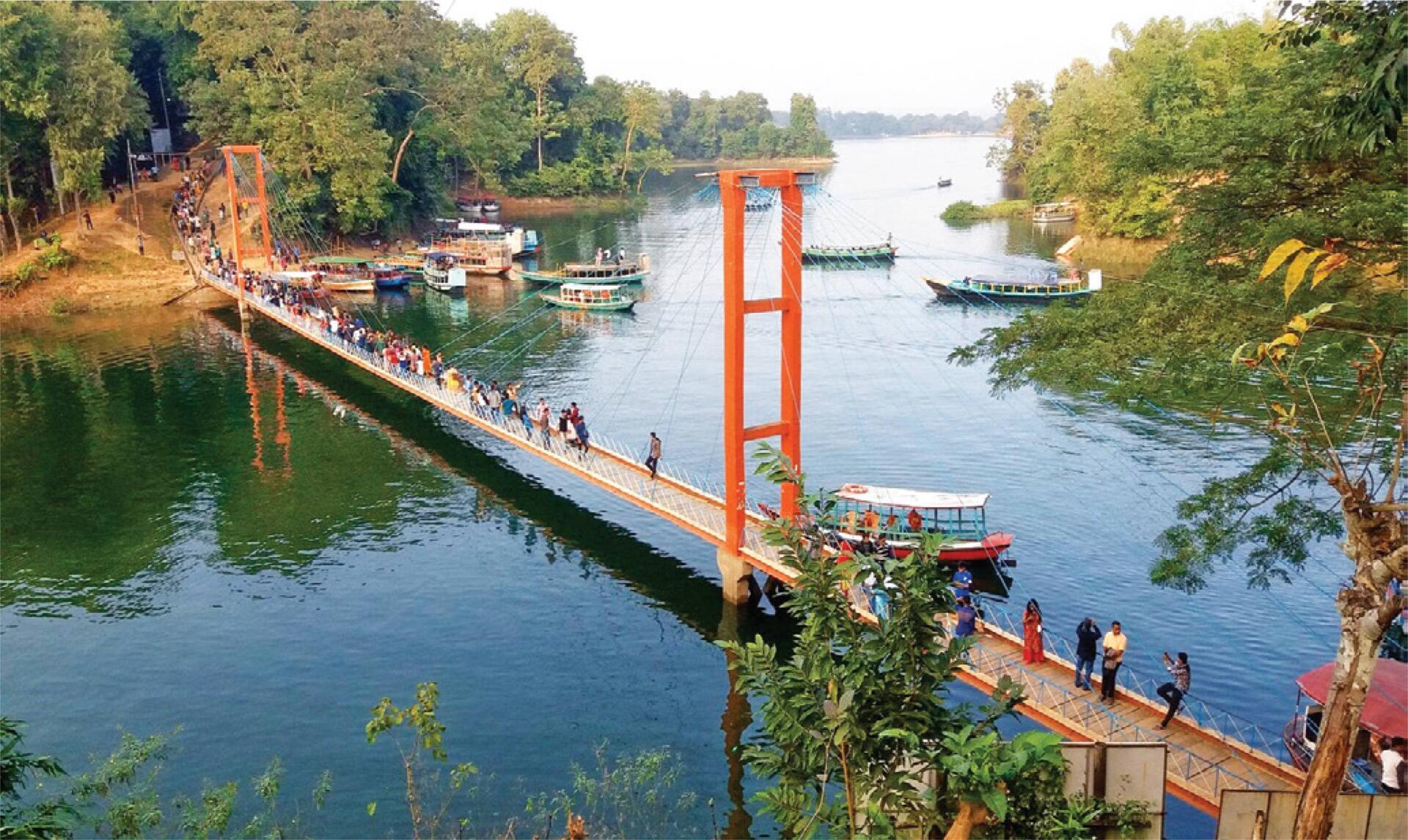
This geographical history also explains why the region has a complex topography, shaped by the erosion and weathering processes. The distinct features of the myriad of hills, valleys, and water bodies are the result of the geological activities going on for eons and in light of this geographical history and map of present-day Bangladesh, it won’t be an exaggeration to say that Rangamati rose before, watching over the rest. Just like its original inhabitants came before us Bengalis. The main attraction of Rangamati is the Kaptai Lake with its scenic splendor. Created in 1960, it is the largest artificial lake of the country having a surface area of 58,500 acres and water holding capacity of 525,000 m3. The lake, dotted with islands, captivates the tourists with its beauty and calmness.
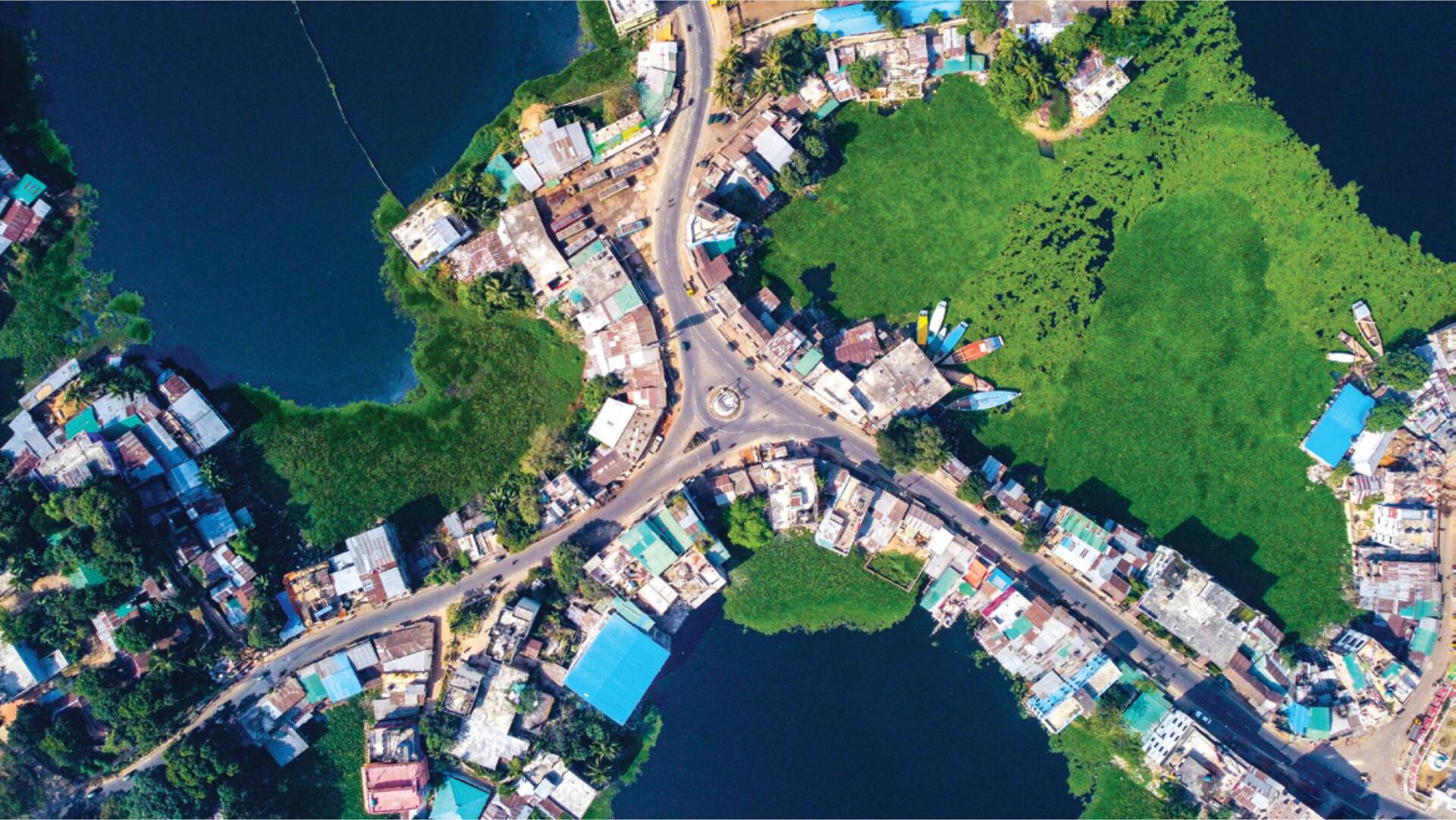
Dumlong, considered to be the third highest mountain peak in the country, belonging to the Rentlang Range is about 3,316 feet in height and located in the Bilaichhari Upazila of Rangamati. Roughly thirteen thousand five hundred acres, this fighting land of the ancient kings also boasts as the largest district in the country in terms of land area and also the only district to share international borders with two other neighboring countries, India and Myanmar. The aura of this place will forever be onerous to describe with words regardless of the copious sum of visual and textual information on the internet about the place, starting from must-visit areas to food to accommodation. It is one of those spaces where one has to be physically present and gradually attempt to internalize the rest in order to get the taste of its inexplicable flavor, to the least.
The indigenous folks lurking through the veins of Shuvolong; the piercing reverberation of the not to be spoken tales buried beneath the bloody blues of Kaptai; getting lost in a hiraeth of a never confessed love while inhaling the waves of floating white cotton candies straight into the deepest labyrinth of the soul; the shimmery kisses of the full moon dancing like a mystic ballerina all over Karnaphuli’s body as the million years old wind from the unfamiliar mountains caress your hair and softly shuts your eyelids making your mind trek through the fresh memories of trekking and the smell of limestone from the dimly lit rooms inside the heart of Alutila, or the star gazing nights spent on the adibashi village which shook you with the most chasmic lesson of anthropology; one can never get overdosed from the lures of Rangamati, they can either dissolve within its magic or leave parts of their soul and come back from time to time in quests to search for it.
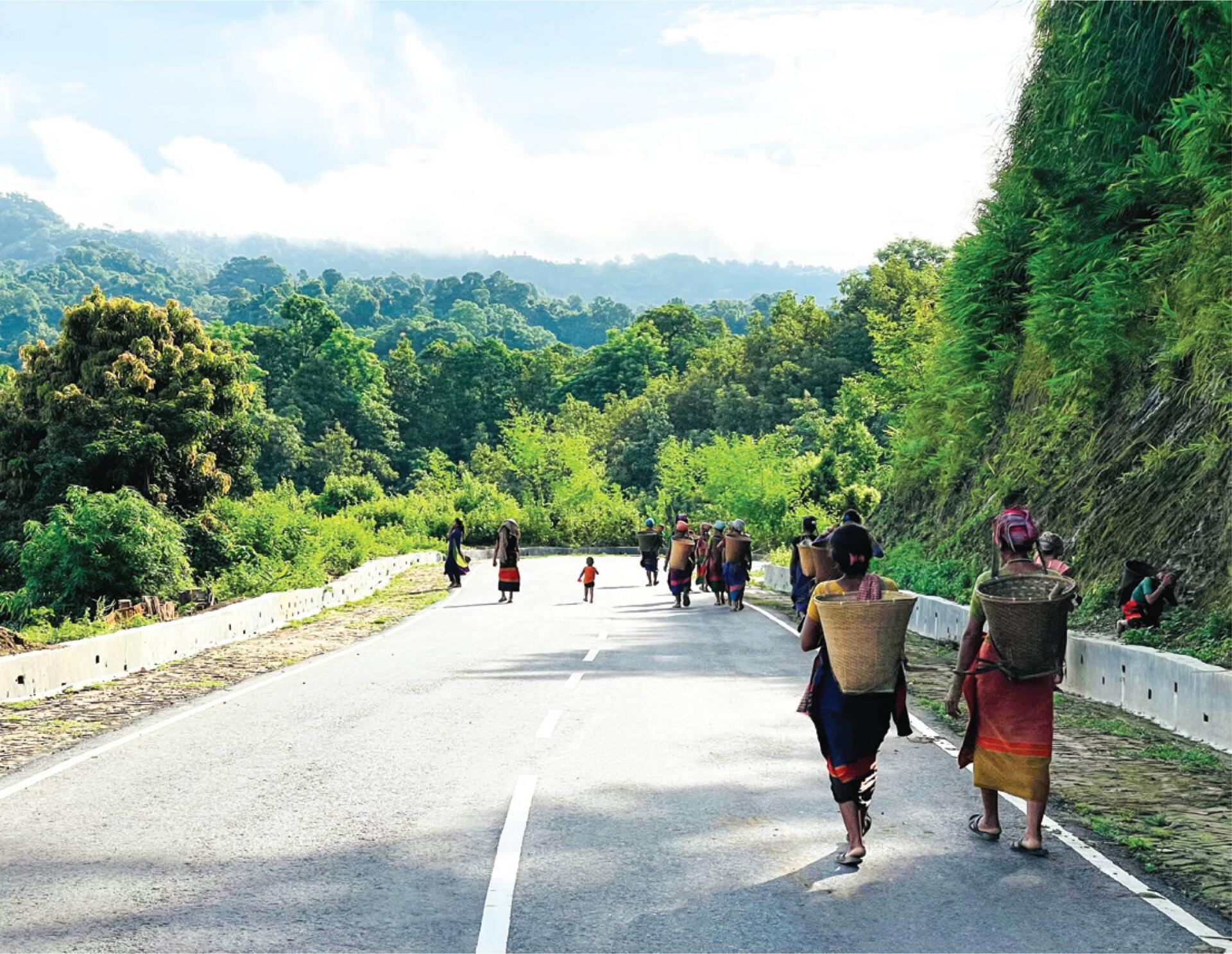
Even deliberately letting it go every time they meet their soul, only to use it as an excuse to return the space in the albino fogs of winter, in the magnanimous drizzles of monsoon over the acres of inclined jhum fields and to hold the dry leaves resting over cold palms like mannequins of butterflies waiting to take flight with the winds of the autumn.
One of the most well-known tourist destinations in Rangamati is Sajek Valley, which is located among the hills of the Kasalong mountain range in Sajek union of Baghaichhari Upazila. The valley at 2000 feet above sea-level. The Sajek Tripuri Valley is referred to as the roof of Rangamati and the Queen of hills. The Sajek river, which flows from the Karnafuli river, gave the Sajek valley its name. Bangladesh and India are divided by the Sajek river. The Sajek valley is recognised for its pristine surroundings, which include hills covered in grassland, thick forests and mountains. The kachalong and the Machalong are two of the many tiny rivers that run through the mountains.
Rangamati is famous for its beautiful landscape, scenic beauty, lake, colourful ethnic people and homespun textile products. For tourists attractions are numerous ethnic customs, fishing, speed boating, swimming or just enjoying the beauty of nature as it is. It is a spot where the concept of eco-tourism is truly upheld.
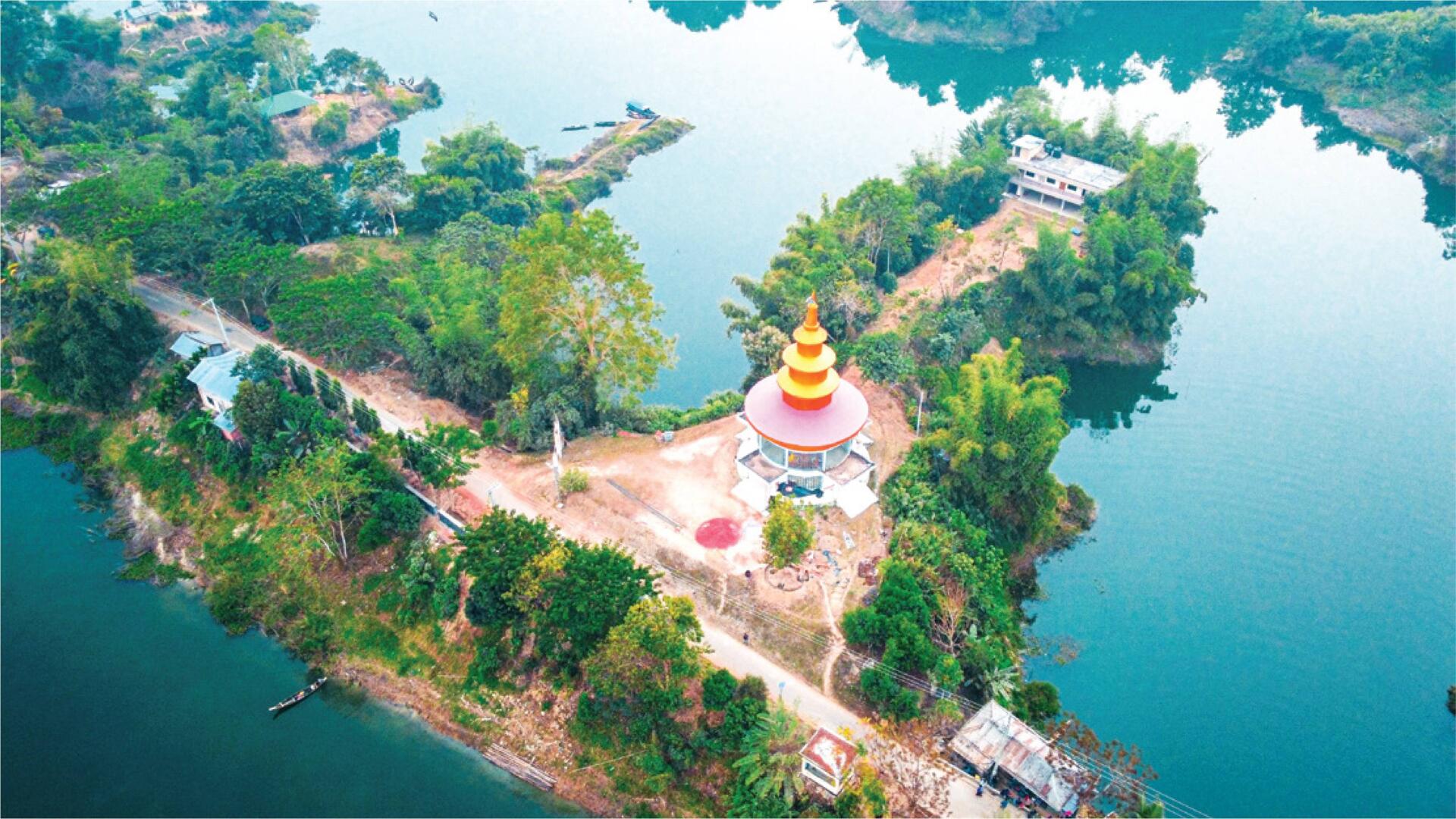
Peda Ting Ting Island is a very small and secluded island in the Kaptai Lake. There is an eatery with the same name built exclusively for the tourists to eat in captivating surroundings of natural exquisiteness. You can enjoy a fresh meal or snacks casting your eyes over the green patch of the ground and huge expanse of lake waters. If Rangamati ever calls, learn to let go of all the typical tourist binaries and try to let the space embrace your existence as a whole. Once Rangamati engulfs, it will remind you why nature is not a place to visit, it never was. Because it is our home. It is where we belong, it is where we come from. Written by Shahbaz Nahian






